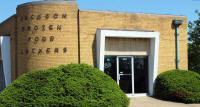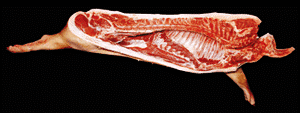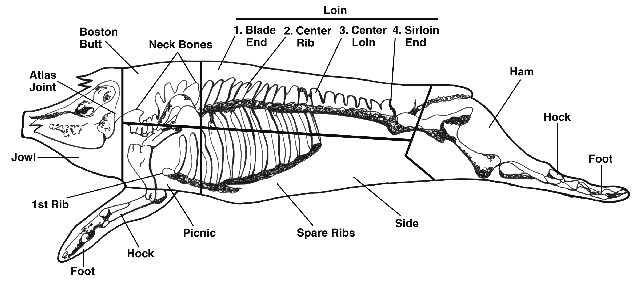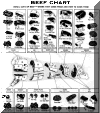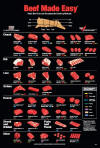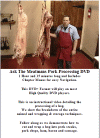 
|
Ask The Meatman We Have A New Website - Ask The Meatcutter.com! There Are Many Advantages To Shopping On The New Website: •You Can Pay with Your Amazon Account. •You Can Pay with ApplePay on your iPhone. •You Can Still Pay with PayPal and all the Standard Debit/Credit Cards. •You Can Set Up An Account Where You Can: •Save your Shipping and Payment Information for a Quicker Checkout; •Have a Dedicated Webpage with Constantly Updated Tracking Status of Your Order; •Re-Order Previously Ordered Products Fast and Easy; and •Save Products to Your Favorites List. The New Website Also has Product Reviews and Advanced Search and Navigation. Shopping on the New Website's Mobile and Tablet Version is Easier and GREATLY Improved! So if you want to place an order on your Mobile Device please go to Ask The Meatcutter. You can still continue shopping here as always. We've Been in Business and Processing Meat Since 1949 - And We've Been Selling Online Since 2001. We Only Sell Products That We Use At Our Meat Processing Plant - So YOU Only Buy the BEST Products! FREE SHIPPING ON EVERY ORDER IN THE UNITED STATES - NO MINIMUM ORDER - NO END DATE |
|
|
|


